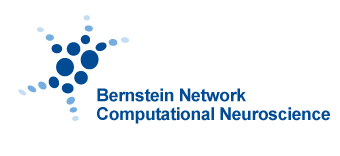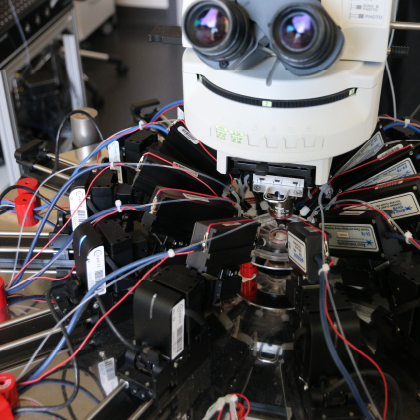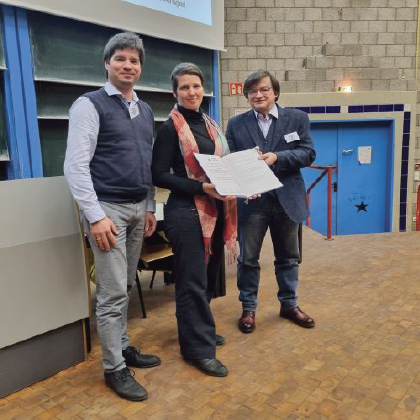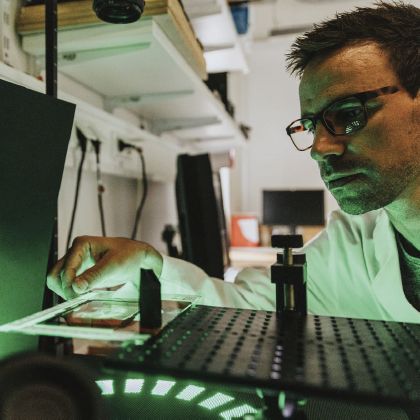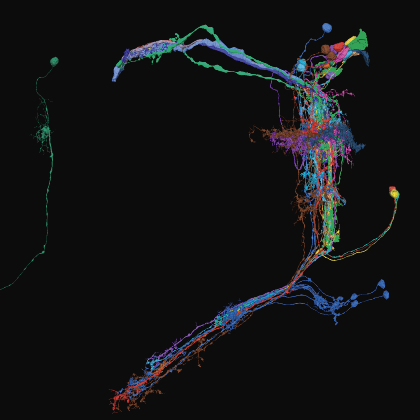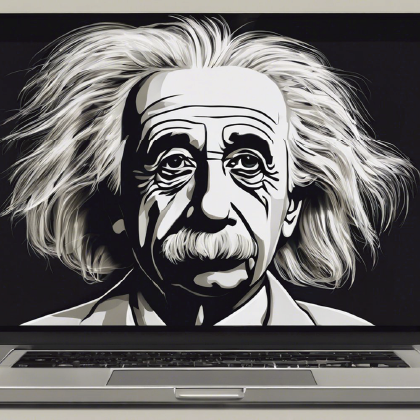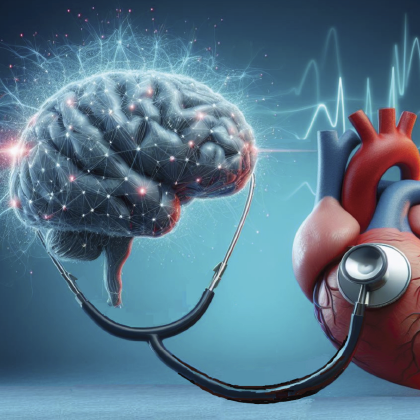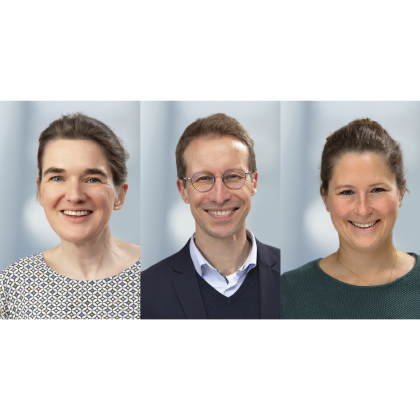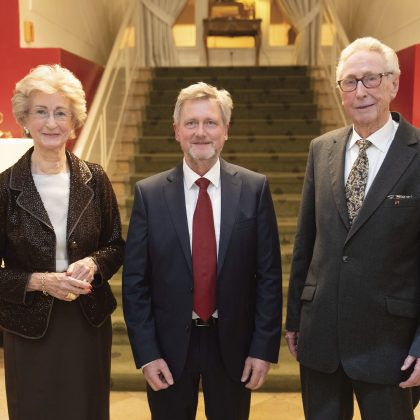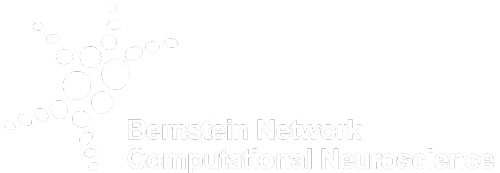Bernstein Network News. Find the latest news from our researchers regarding current research results, new research projects and initiatives as well as awards and prizes.
Charité study in Science decodes wiring of the human neocortex
Contrary to previous assumptions, nerve cells in the human neocortex are wired differently than in mice. Those are the findings of a new study conducted by Charité – Universitätsmedizin Berlin and published in the journal Science. The study found that human neurons communicate in one direction, while in mice, signals tend to flow in loops. This increases the efficiency and capacity of the human brain to process information. These discoveries could further the development of artificial neural networks.
The language of the brain: How memories guide us to rewards
Now in spring, some of us have a particular craving for ice cream. Picture this: You want to take a walk to your favourite ice cream parlour for the first time after winter. You can probably remember how to get there. How does our brain guide us to such rewarding places? In a study recently published in the journal Nature Communications, researchers from the Leibniz Institute of Neurobiology (LIN) in Magdeburg used state-of-the-art methods to answer this question. They discovered that our brain uses a special code to guide us to places that promise rewards.
Young Scientist Award für Viola Priesemann
During this year's spring conference of the German Physical Society (DPG), Viola Priesemann received the Young Scientist Award for Socio- and Econophysics. The physicist conducts research at the Max Planck Institute for Dynamics and Self-Organization (MPI-DS) and the University of Göttingen. The prize is endowed with 7,500 euros and honors her work on propagation processes in complex systems.
EBRAINS Germany established
EBRAINS Germany, the German National Node of the EBRAINS digital research infrastructure for neuroscience, has been formally established with the signing of a cooperation agreement between the participating institutions: Forschungszentrum Jülich (FZJ, Node Lead), Charité Universitätsmedizin Berlin, Heidelberg University, Central Institute of Mental Health Mannheim, Heidelberg Institute for Theoretical Studies, and Bernstein Network Computational Neuroscience.
Nerve cells in the visual system of flies are surprisingly heterogeneously connected
Analysis of the Drosophila melanogaster connectome as part of the FlyWire consortium provides new insights into the organization of the visual system
More brain than trait: Decoding the neural pathways of curiosity
The fascination for the unknown drives progress. Thanks to it, organisms are able to survive in a constantly changing environment. Curiosity therefore essentially shapes human development. But what is behind it? Researchers hypothesize that curiosity is not so much a fixed character attribute, but rather a complex interplay between different regions of the brain. Dr. Petra Mocellin and the research team led by Prof. Dr. Stefan Remy at the Leibniz Institute of Neurobiology (LIN) have decoded a neuronal circuit in the brain that regulates curiosity for the first time. The results were recently published in the renowned scientific journal Neuron.
AI as a physicist
The development of a new theory is typically associated with the greats of physics. You might think of Isaac Newton or Albert Einstein, for example. Many Nobel Prizes have already been awarded for new theories. Researchers at Forschungszentrum Jülich have now programmed an artificial intelligence that has also mastered this feat. Their AI is able to recognize patterns in complex data sets and to formulate them in a physical theory.
Neurons can feel the pulse in the brain
Researchers at the Faculty for Biology and Preclinical Medicine of the University of Regensburg publish a study in Science
How does artificial intelligence (AI) view the world?
Joschka Boedecker, Ilka Diester and Monika Schoenauer about internal world models in people, animals and AI
Hector Science Award for Klaus-Robert Müller
The award recognizes professors for outstanding research and special commitment to teaching
